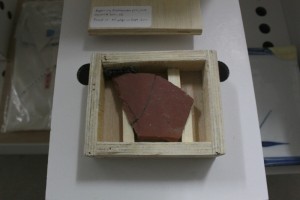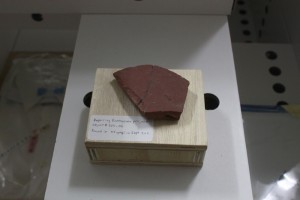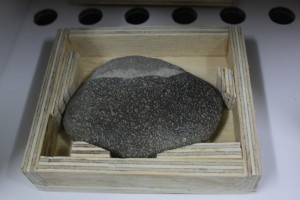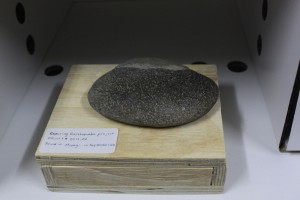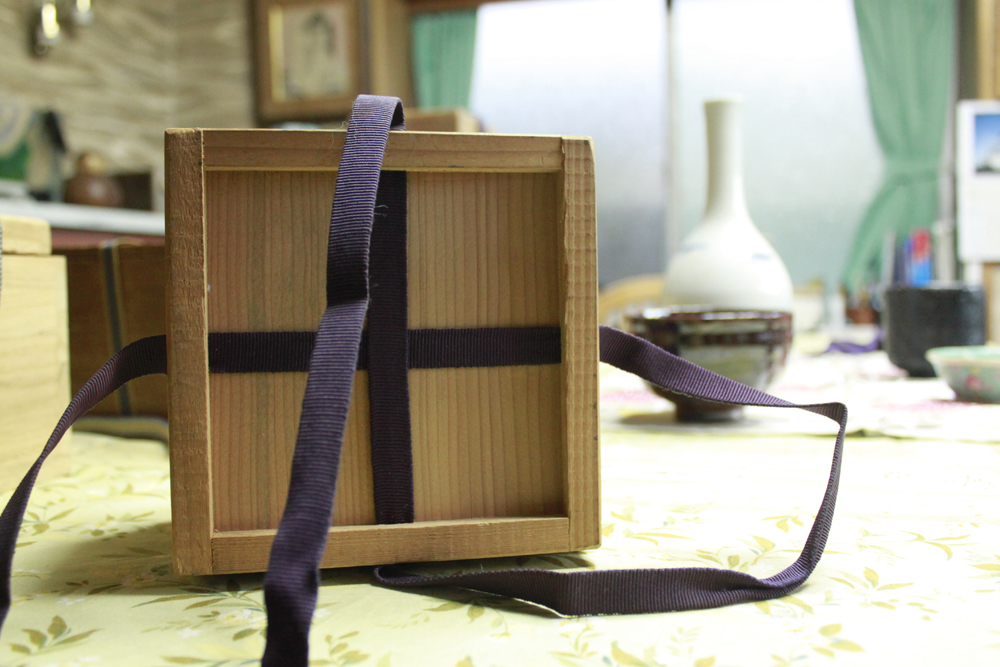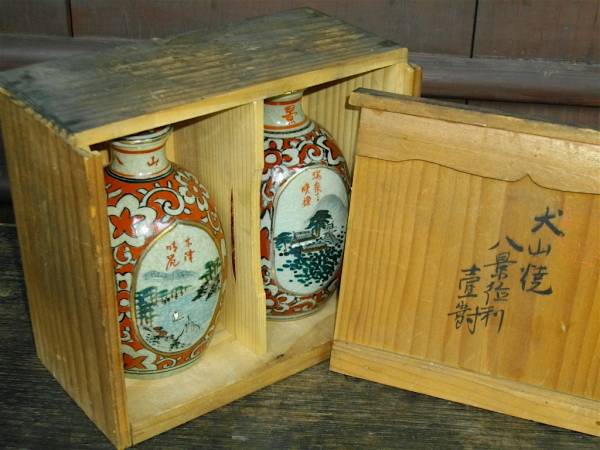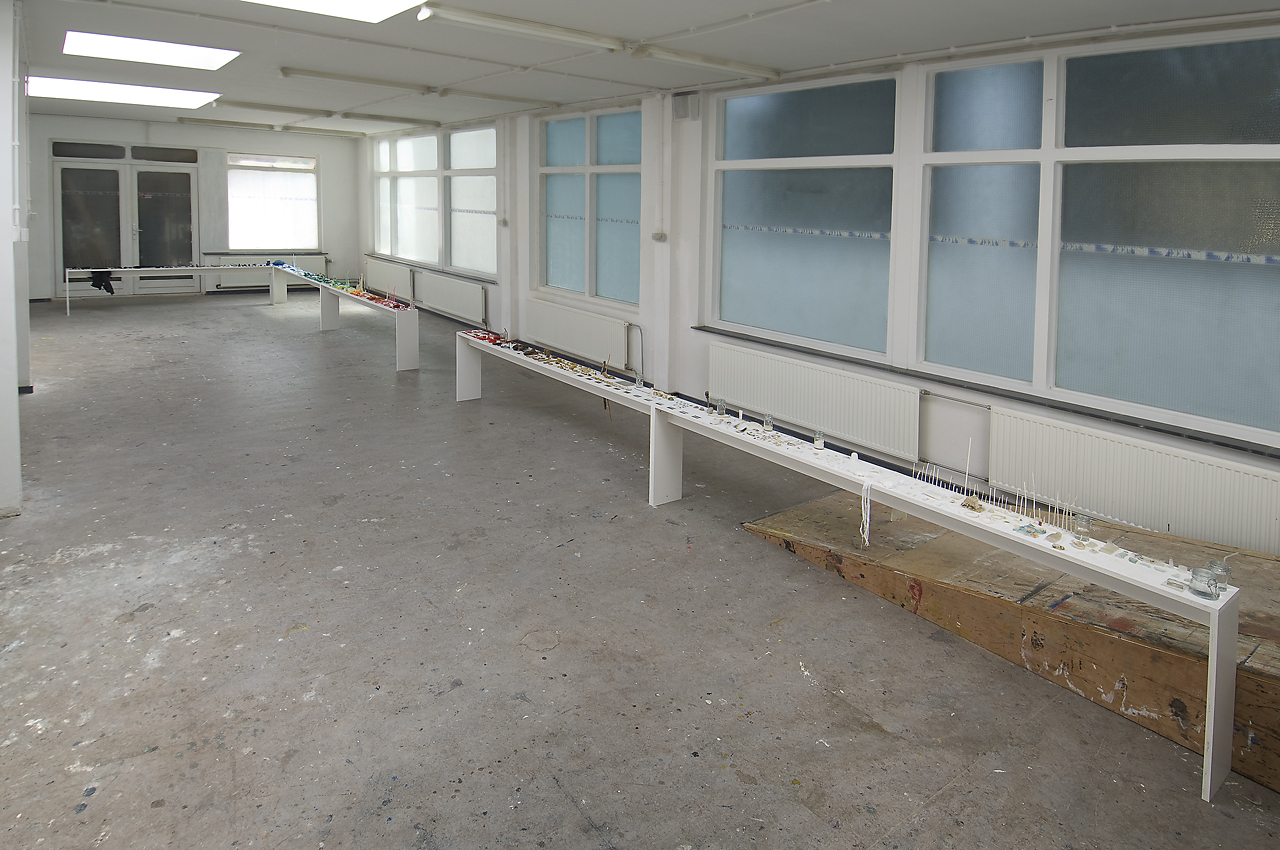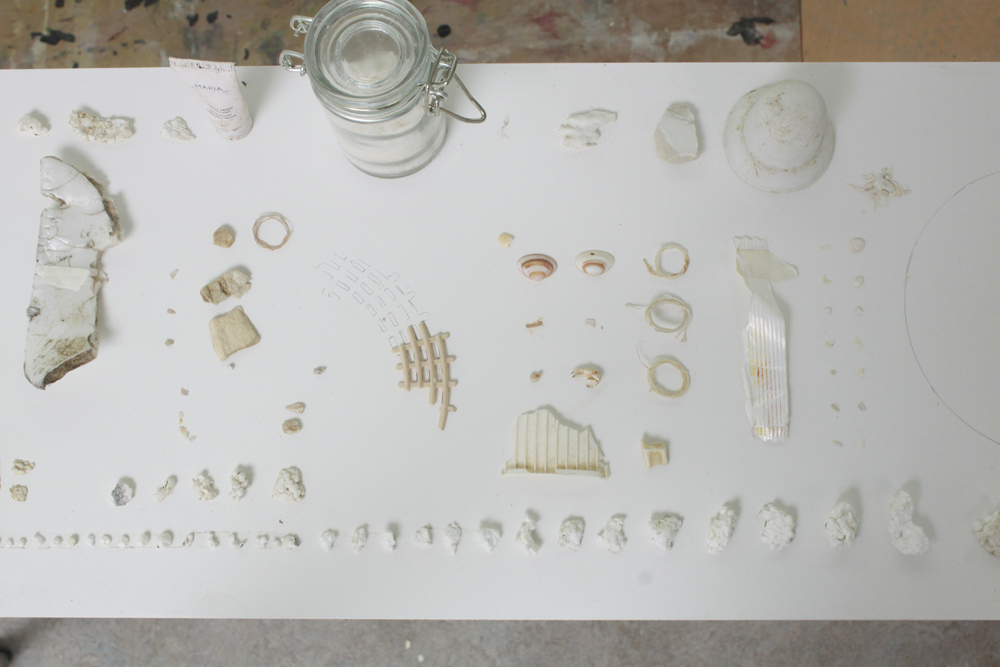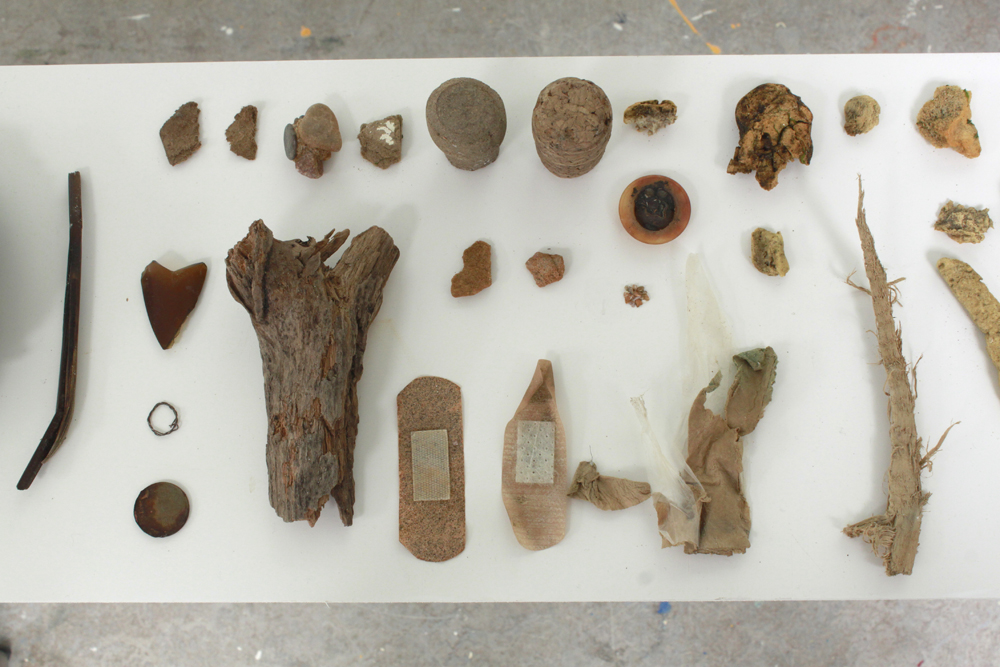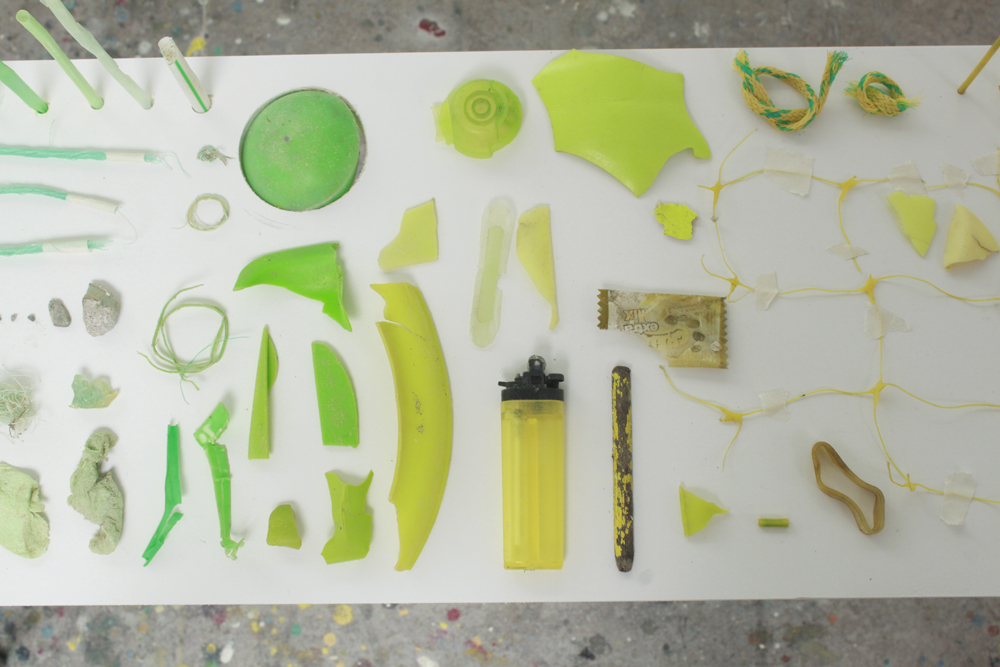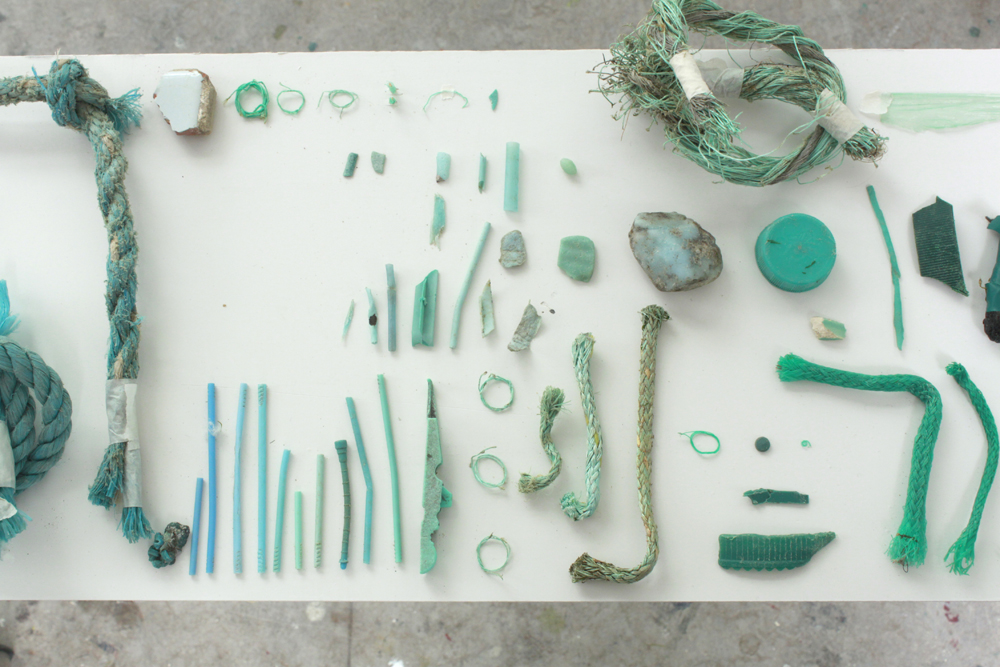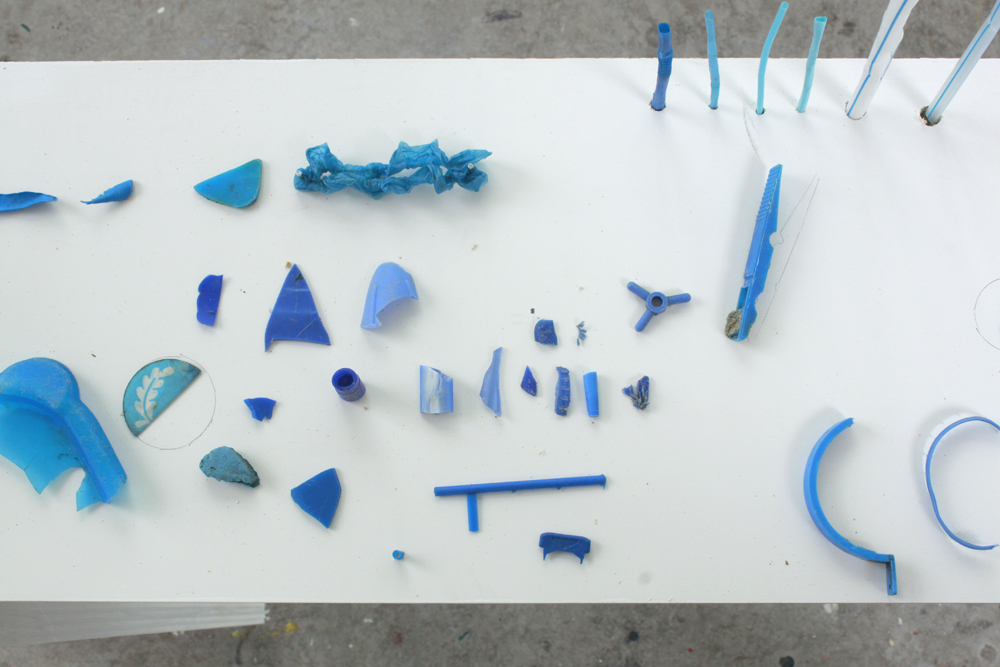08 Nov 2013 Exhibition 展示 ‘Momentum’@GEMAK (the Hague ハーグ)
The first package of found objects has finally arrived in the Netherlands. I’ll be making wooden case for each of them during the exhibition ‘Momentum’.
プロジェクトで収集した物の第一便がついにオランダに届きました。今回の展示ではそれぞれの形状にあわせて一つずつ木のケースを作っていきます。
Ed Jansen’s images
https://www.flickr.com/photos/de_buurman/10798953493/in/photostream/
*white boxes are work by Berend Strik, Decipher the artist’s mind (2013)
*白い箱はBerend Strikの作品 Decipher the artist’s mind (2013)
New temporary studio. 今回のスタジオ。
8 Nov 2013 Exhibition 展示 ‘Momentum’

Momentum (Rewire festival)
Opening 8 November 2013
8 November – 14 December 2013
at GEMAK
Paviljoensgracht 20-24, the Hague NL
Artists: Aditya Madayam, Ahmet Ögüt, Berend Strik, Cevdet Erek, CM von Hausswolff, David Maljkovic, Giorgio Andreotta Calò, Haroon Mirza, Jonas Lund, Lyndsey Housden, Miranda Meijer, Nishiko, Roger Hiorns, Sarah van Sonsbeeck.
Curator: Juha van ‘t Zelfde (NL)
Opening hours
Wed – Fri 10:00– 17:00
Thursday 10:00 – 22:00
Saturday 13:00 – 17:00
Friday 29 November 10:00 – 23:00 (Hoogtij)
4 Nov 2013 Box 箱
7 June 2013 Finissage Badgast Badgast最終日
Flied the kite abandoned on the beach. The highest tsunami in Japan was 21.1 m. (http://www2.ttcn.ne.jp/honkawa/4363b.html)
ビーチに置き去りにされていた凧を飛ばしました。東北の津波の最高到達地点は21.1m。 (http://www2.ttcn.ne.jp/honkawa/4363b.html)。
photo: wax
24 May – 2 June 2013 Exhibition ‘ZEELUST’ at GEMAK
6 June 2013 5 Gyres
13 May 2013 Plastic soup
Video captures moment plastic enters food chain
http://www.bbc.com/news/science-environment-39217985
(in Dutch) http://www.plasticsoupfoundation.org/2017/03/op-film-plastic-dringt-voedselketen-binnen/
05 May 2013 Microplastics マイクロプラスチック
2 May 2013 about Tsunami debris
What’s happening on the other side of pacific ocean.
kmxt radio
(KMX,T public radio in Kodiak, Alaska)

http://marinedebris.noaa.gov/tsunamidebris/debris_model.html
PRIME MINISTER OF JAPAN AN HIS CABINET
Frequently Asked Qs: 3.11 Tsunami Debris
The tsunami triggered by the Great East Japan Earthquake of March 11, 2011
(‘3.11 Tsunami’), washed out houses, shipping containers and other various items from land, and other things at sea such as fishing vessels and fishing gears; then it pushed them to offshore. Driven by ocean currents and winds, most of them have drifted eastward. Presumably some are still drifting (3.11 Tsunami Debris), although the others have already sunk.
Since the 3.11 Tsunami Debris was making large patches right after the 3.11 Tsunami, Government of Japan (GOJ) received many reports of at-sea sightings from vessels. However, the number of such reports has been dramatically decreased since the fall of 2011. GOJ supposes that this is because, as time passes, the debris has dispersed and some of them have sunk.
GOJ has been working on this issue by estimating total amount of the Debris, assessing current situation, and predicting the Debris’ trajectory in cooperation with experts, while sharing information and communicating with relevant countries.
Here are answers to frequently asked questions about the 3.11 Tsunami Debris.
(About Tsunami Debris)
Q1: How much is the total amount of the 3.11 Tsunami Debris?
A1: The amount of the floating debris at the immediate aftermath of the Earthquake is estimated to have been about 1.5 million tons. Since then, however, some of the 1.5 million tons of debris is considered to have been collected or to have sunk already. Therefore, the amount of floating debris still drifting at this point is considered to be less than 1.5 million tons.
It is estimated that the Great Japan Earthquake generated more than 20 million tons of debris in the three affected prefectures (Iwate, Miyagi and Fukushima prefectures). Out of the 20 million tons, about 5 million tons of debris is estimated to have been washed out by the 3.11 Tsunami. 70 percent of the 5 million tons (3.5 million tons) of debris is considered to have deposited on seabed along Japan’s coast, and remaining 30 percent (1.5 million tons) is considered to have become floating debris at the immediate aftermath of the Earthquake. Since then, however, some of the 1.5 million tons of debris is considered to have been collected or to have sunk already. Therefore, the amount of floating debris still drifting at this point is considered to be less than 1.5 million tons.
Q2: What is the 3.11 Tsunami Debris composed of?
A2: It is estimated that more than 90 percent of the floating debris caused by 3.11 Tsunami is parts of collapsed houses and driftwoods. The 3.11 Tsunami washed out collapsed houses, cars, woods, ships, aquaculture facilities, fixed fishing nets, cargo containers, etc. More than 90 percent of the floating debris is parts of collapsed houses and driftwoods, which are difficult to sink.
(Interesting, id did not mention plastic.)
Q3: What is the trajectory of the 3.11 Tsunami Debris? When and Where do they reach?
A3: The latest result of the prediction, which was published March, 2013, says that comparatively high density parts of broken houses and half-submerged fishing vessels, which most of floating Debris consist of, is expected to reach near-shore of west coast of North America from around April 2013. Some debris may travel faster/slower and arrive earlier/later than others, because impact of westerlies on the drifting speed of the debris may differ depending on shapes and conditions of the debris.

